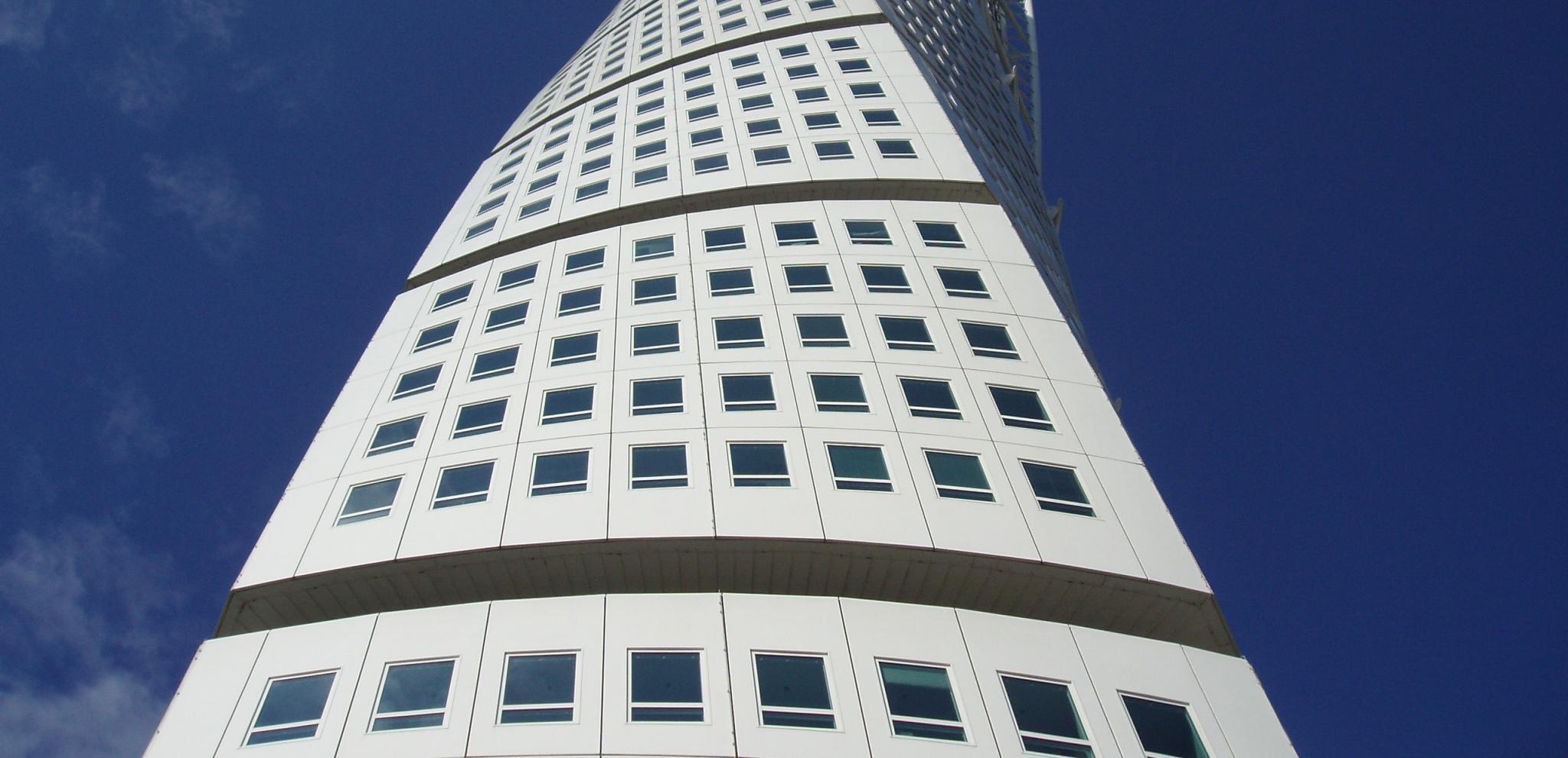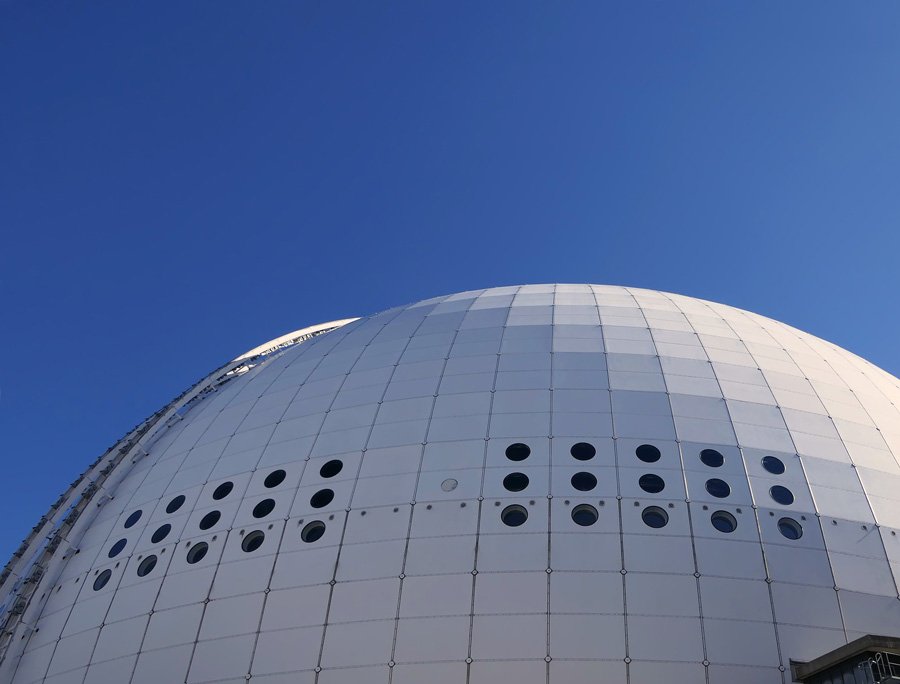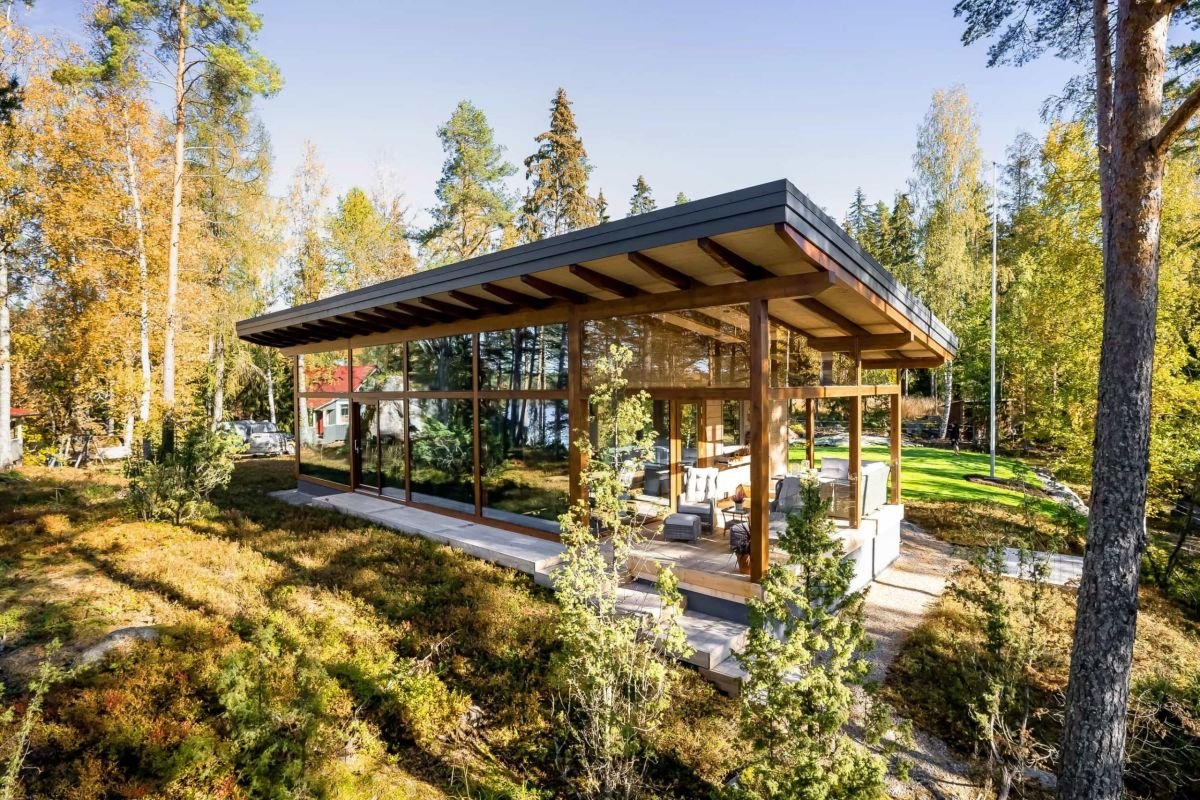Author: Simone Elderot
Delve into the art of hygge, a cornerstone of Scandinavian living. Explore ways to infuse warmth and coziness into your home with soft furnishings, layered textiles, and inviting nooks. Learn the secrets to cultivating a sense of comfort and well-being in every room.
In interior design, few concepts evoke a sense of warmth and comfort quite like hygge. This Scandinavian philosophy from Denmark celebrates the art of cozy living, inviting individuals to create spaces that promote relaxation, connection, and contentment. Today, we embark on a journey to explore the essence of hygge and discover how to infuse it into our homes by creating cozy corners.
Photo by Stella Rose on Unsplash
Hygge, pronounced "hoo-gah," encompasses more than just physical comfort—it embodies a state of mind characterized by simplicity, intimacy, and gratitude. It's about savoring life's simple pleasures and finding joy in the present moment. At its core, hygge emphasizes the importance of creating environments that nurture well-being and foster a sense of belonging.
One of the most effective ways to incorporate hygge into your home is through thoughtful design choices that prioritize warmth and coziness. Scandinavian design, with its emphasis on natural materials, minimalist aesthetics, and functional elements, serves as the perfect canvas for cultivating hygge-inspired spaces.
Photo by Prophsee Journals on Unsplash
Start by selecting soft furnishings that invite you to sink in and unwind. Opt for plush sofas and oversized armchairs upholstered in luxurious fabrics like velvet or wool. Layer on cushions and throw in soothing earth tones or soft pastels to add depth and texture to your seating area. The goal is to create a haven where you can comfortably curl up with a book or enjoy a leisurely conversation with loved ones.
In addition to plush furnishings, consider incorporating elements of nature into your home to enhance its cozy ambiance. Bring the outdoors in with potted plants, fresh flowers, or a small indoor garden. Not only do these natural accents add visual interest to your space, but they also contribute to a sense of tranquility and connection with the environment.
Photo by Prophsee Journals on Unsplash
No cozy corner is complete without soft, ambient lighting to set the mood. Embrace the soft glow of candles, fairy lights, or dimmable lamps to create a warm and inviting atmosphere. Opt for warm-toned bulbs and diffuse light sources to eliminate harsh glare and create a sense of intimacy.
Finally, pay attention to the details that elevate your cozy corner from ordinary to extraordinary. Display cherished mementos, family photographs, or meaningful artwork to infuse your space with personal touches and evoke a sense of nostalgia. Incorporate tactile elements like plush rugs, textured wall hangings, or handmade ceramics to add visual interest and tactile appeal.
Photo by Prophsee Journals on Unsplash
In conclusion, hygge is not just a design trend—it's a lifestyle philosophy that encourages us to prioritize comfort, connection, and well-being in our everyday lives. By incorporating elements of Scandinavian design and embracing the essence of hygge, you can create cozy corners in your home that nurture your soul and provide a sanctuary from the hustle and bustle of modern life. So, dim the lights, snuggle up with a soft blanket, and let the magic of hygge transform your living space into a haven of warmth and contentment.
























